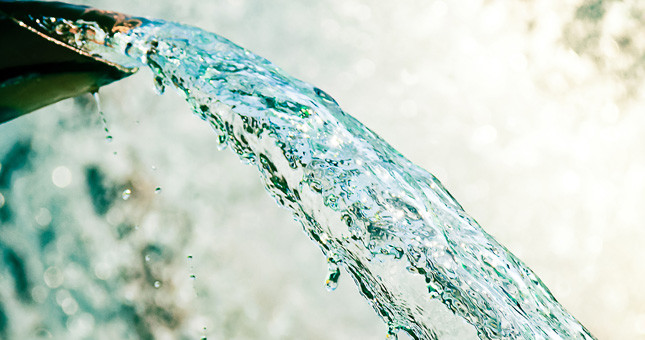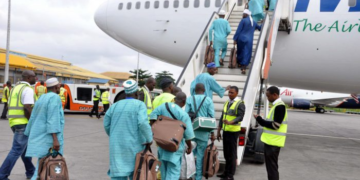Africa remains at the epicenter of the global water crisis, as a new United Nations report has revealed that more than two billion people worldwide still lack access to safely managed drinking water.
The joint study by the World Health Organisation (WHO) and the United Nations Children’s Fund (UNICEF), released Tuesday, warned that despite progress in recent years, the world is “far off track” to achieve universal access to water, sanitation and hygiene (WASH) services by 2030.
According to the report, 28 countries , largely concentrated in Africa, still have more than one in four people without access to even basic drinking water services. The agencies cautioned that millions on the continent remain heavily reliant on unsafe sources such as rivers, ponds and canals, leaving them vulnerable to waterborne diseases.
“Water, sanitation and hygiene are not privileges: they are basic human rights,” said Ruediger Krech, WHO’s Director of Health Promotion and Environment. “We must accelerate action, especially for the most marginalised communities.”
The UN report assessed five levels of water access, with the highest being “safely managed” defined as water available on premises, when needed, and free from contamination. Below this were basic, limited, unimproved, and surface water.
Globally, there has been some progress. Since 2015, 961 million people have gained access to safely managed drinking water, raising global coverage from 68 to 74 percent. The number of people relying on surface water also dropped by 61 million over the past decade. However, Africa’s gains lag behind global averages, with the region home to the majority of countries struggling with poor water infrastructure and high reliance on unsafe sources.
For children and women, the crisis is even more severe. UNICEF’s Director for WASH, Cecilia Scharp, warned that lack of access undermines health, education, and equality across the continent.
“When children lack access to safe water, sanitation, and hygiene, their health, education, and futures are put at risk,” Scharp said. “These inequalities are especially stark for girls, who often bear the burden of water collection and face additional barriers during menstruation. At the current pace, the promise of safe water and sanitation for every child is slipping further from reach.”
The report also noted progress in sanitation and hygiene services globally, with 1.2 billion people gaining access to safely managed sanitation since 2015, and open defecation reduced to just four percent of the global population. Yet, Africa again trails behind other regions, with millions still lacking toilets, safe waste disposal, and handwashing facilities.
As the world edges closer to the 2030 deadline for the Sustainable Development Goals, the UN warned that without urgent investment and targeted interventions, Africa risks being left behind in the global push for safe water and sanitation for all.











